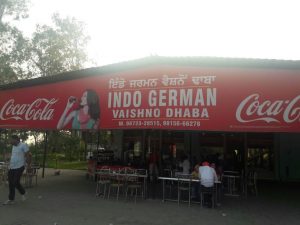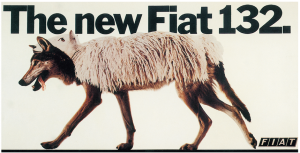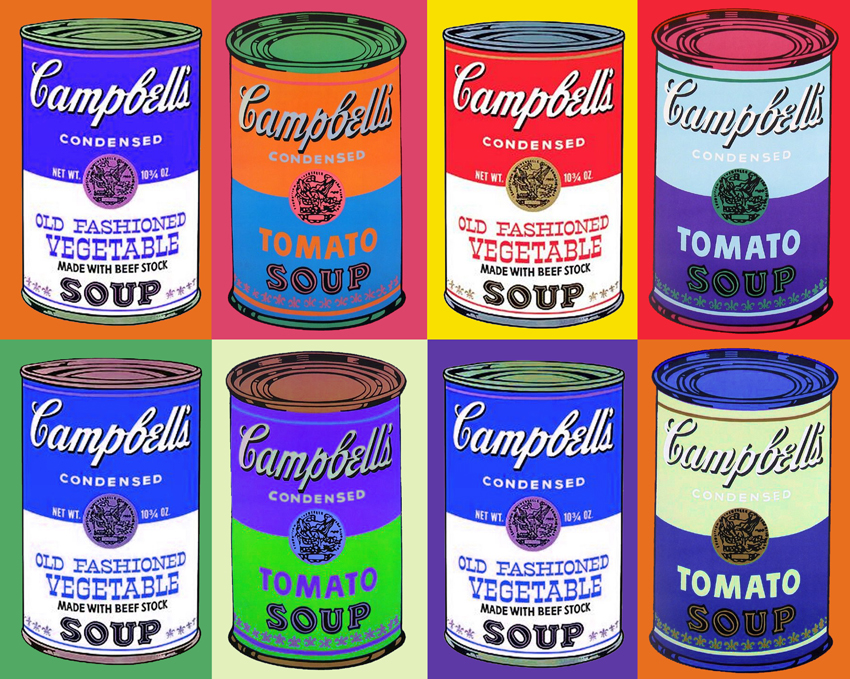DISCUSSING VISUAL DESIGN IN BRANDING
When we talk about aspects like “brand consistency” and the “synonymous product experience”, we try and elucidate the aspects that facilitate a sense of familiarity and loyalty amongst the consumer. But to first get their attention, you have to do whatever you can to ensure (at least) the most viewers feel connected to the presentation of what you’re trying to advertise and market initially. The way your product presents itself should have some appeal to a large target base. When they like the way it looks, only then they want to try it out.
Which is where the visual design comes into place.
Products are always seeking their ideal visual design (and by extension corporate identity: logos, symbols etc.) and when and how to choose the best one is dependent on various factors that like detailing, R&D, Forecasting, Audience and organisational preferences etc. but once chosen, should ideally cater to the audience’s psychology and help prime them for the product. The visual design often becomes the biggest signifier of the Brand in many occasion and becomes associated with it’s brand identity. Case in point, the subliminal ‘arrow’ wedged in between the ‘E’ and the ‘X’ in the central FEDEX logo acts as representative of the company’s speedy delivery service (amongst other things).

In fact, there have been many instances where people have been so accustomed to the visual design of a brand, that excluding it simply isn’t an option. For example, imagining a PEPSI ad, without a blue background is an impossibility (No matter who is endorsing it and when it was published) or for that matter, a COCA COLA ad without the colour red. People associate those two colour with those two iconic brands almost on instinct these days. In fact, you may have seen small-scale restaurants ( i.e roadside Dhabas) who over-emphasise the fact that they sell Pepsi/Coke in their central logo themselves. This will not only attract walk-ins but also ensure that their restaurant looks appealing to people who’re travelling. (And in some, cases trigger Pavlov-esque ‘thirst’ responses. See my previous blog on psychological priming)

Due to consistent visual design, Marketers and Advertisers will always have advantages of Brand Recall on their side and the visibility will not decrease in their eyes. (A man seeing yellow text on a red background will always subconsciously think Of Mc Donald’s in at least some capacity). Images and colours will always have a higher recall value in the consumers’ eyes, as research has consistently shown. A consistent brand image is expected to spark an ’emotional response’ within the viewer, according to marketing speak and the colour and visual design has to be tailored to the preferences of the audience that is being targeted.
Visual design also acts as an important part of Brand disruption. Since there are less ideas in the marketplace than there are products, there is bound to be homogeneity and sooner or later, everything will (and does) start to look (and sound) the same. So in that aspect, innovation in visuals can help your product stand out amongst the competition. Organizations both experienced and new are looking for innovative ways to position/re-position their products/ services or during expanding their core target groups as well.
A great brand idea/vision can be expressed by a skilled creative team in simple visuals that both conveys the modus operandi of the organization as well as the genuine desire to be creative and think outside of the box. Take this for an example:

Look, opinions will always be subjective but there’s no doubt that this ad does it’s best to ensure that viewers are exempt from saturation from the usual stuff FIAT’s competition at the time were coming up with. Once conformity is established in the marketplace, organization can indelibly benefit by breaking away from it. Hence, the motivation for designers to try and come up with fresh ideas that they can translate into visuals.
If you’re a prospective/eager designer, you should spend your spare time thinking about cool visual ideas and new ways to present your work to their superiors. There will be plenty of creative competition in general so it’s best to try and experiment as much as you can on your own spare time, in figuring out what prototypes work and what don’t. Inspiration can strike from anywhere so it’s important to keep on trying. Whilst at the same time, being aware of the product and the surroundings of the business environment.
If nothing else , your great ideas can challenge the people’s conformity. Let that be your motivation.

